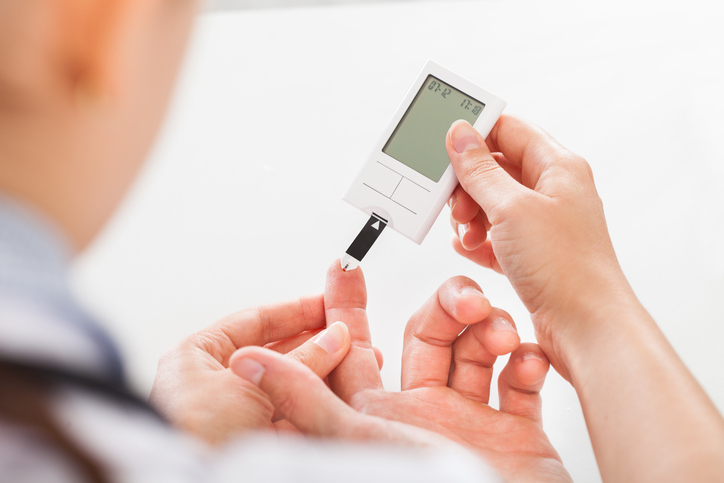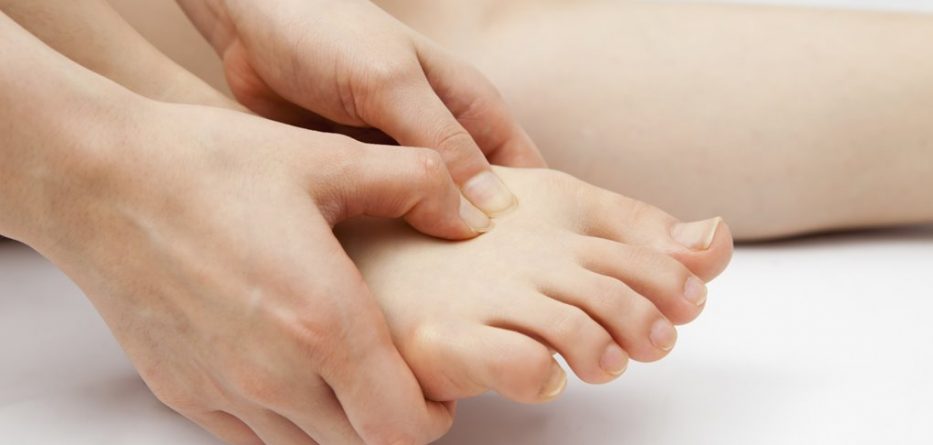According to the CDC, an astounding 29 million people across the United States suffer from diabetes, and another 86 million suffer from pre-diabetes. In Canada, over 3.4 million are affected by the disease. To make things worse, hundreds of millions in healthcare costs accrue each year as a result of the disease ($245 million in the United States in 2012). When you develop diabetes, it means that you have too much glucose or sugar in your blood. This leads to nerve damage and poor blood flow and can lead to some serious feet problems.
Given all of this information, diabetes can easily be classified as an epidemic of grand proportions. For those of us who are afflicted with diabetes, painful foot complications can arise, leading to immobility and severe pain if left untreated. Luckily, there are some things you can do to help identify and treat your foot symptoms.
Above all, prevention is the name of the game. It is critical that you learn to identify your symptoms, and to seek treatment as quickly as possible if you find anything out of the ordinary. The first thing you should do is pay regular visits to your doctor or foot specialist.

Source: thinkstock/ andreypopov
Types of Foot Pain Caused by Diabetes
1. Calluses, warts, corns, in-grown toenails, dry skin, and other surface-level deformities.
In the feet, nerves that control sweating, oil production, and sensation commonly die off (this is called neuropathy), which causes you to have skin that’s dry, cracked, and far more prone to infection. If you spot any of these signs, bathe the affected area with warm water, then dry and bandage the area. Avoid walking on the affected foot until you see your doctor.
2. Edema (swelling), redness, puffiness, numbness, tingling, or pain.
If you experience any of these symptoms, it is imperative that you see your doctor right away. Because diabetes causes the blood vessels in your legs and feet to harden and shrink, poor circulation ensues, which can lead to blockages, tissue death, and severe infection that may require amputation. Have your doctor examine your blood sugar levels (you may need to adjust your insulin or sugar intake), inspect your feet, and make sure that your shoes are properly fitted to your feet.
3. Changes in the shape of your feet.
This is one of the more difficult symptoms to spot, but if you’re careful to inspect your feet daily, you may be able to catch the problem before it gets worse. Note any pressure points, areas in which the skin is dry or cracking, or areas that are more sensitive than others.
Look for differences in color between your feet or between areas on the same foot. If you spot any abnormalities, have your doctor or specialist get you fitted with insoles that contour to your feet. It’s also important to limit walking or putting excess pressure on your feet before you see your doctor, as excess pressure can aggravate your symptoms.
Diabetes Foot Pain Treatments/ Relief
1. Shoes Inserts.
For feet that have changed shape, getting specially made shoe inserts can give you much more comfort in your regular shoes. And they can easily be transferred to other shoes. Sometimes, shoe inserts that are designed for diabetes foot pain relief can be covered by your insurance so you should check how much your insurance company can do for you too.
2. Quit Smoking.
Smoking narrows and hardens your blood vessels minimizing blood flow and causing more nerve damage. Mixing this with the symptoms of diabetes is extra dangerous and if you are at risk of developing diabetes, or have been diagnosed, you should definitely quit. Quitting will help your health in numerous ways too such as lowering your risk of stroke or heart disease. It immediately improves your circulation so the benefits will be felt super quick.
Causes of Foot Ulcers from Diabetes
Developing diabetes puts you at risk of developing foot ulcers that are more difficult than usual to heal. While anyone is at risk of an ulcer, because of the poor circulation associated with diabetes, treatment for diabetes caused foot ulcers is much less effective.
There is also less sensitivity in your skin when you have diabetes so even a small cut or abrasion can turn into an ulcer. By controlling your blood sugar levels through diet and exercise you can reduce the risk of foot ulcers.
Treatment for Foot Ulcer from Diabetes
Again, prevention is the best form of treatment in the case of avoiding diabetes caused foot problems; if you have your feet regularly checked by a doctor you can prevent any problems, such as ulcers, developing. If you do not have your feet checked, an ulcer can become an infection and this is even more difficult to cure than just the ulcer.
You will need to clean and dress the ulcer if it develops – most certainly under the direction of a nurse or doctor, and you will need to take a course of antibiotics to kill any infection that may have already started.
If you develop any diabetic foot problems, you need to have them immediately checked by a healthcare professional – time is most certainly of the essence. You may sometimes have to go to hospital to have your foot problems treated though if you are aware and careful of the risks, you may avoid problems altogether. Diabetes feet complications are all to common in the western world and with the right information and care, they can certainly be reduced.
Sourced from: Canadian Diabetes Association
Image source: Thinkstock/phototake








